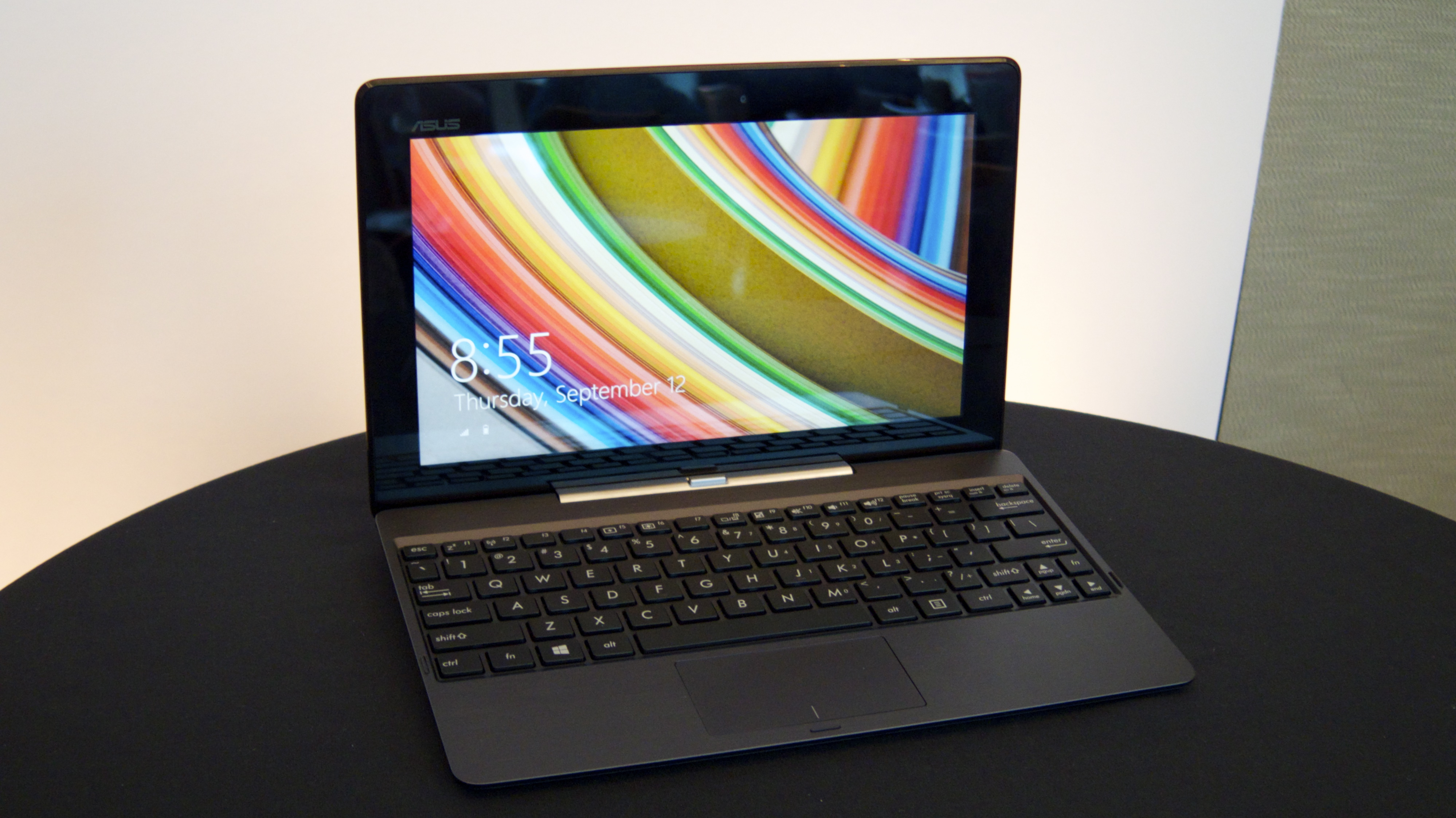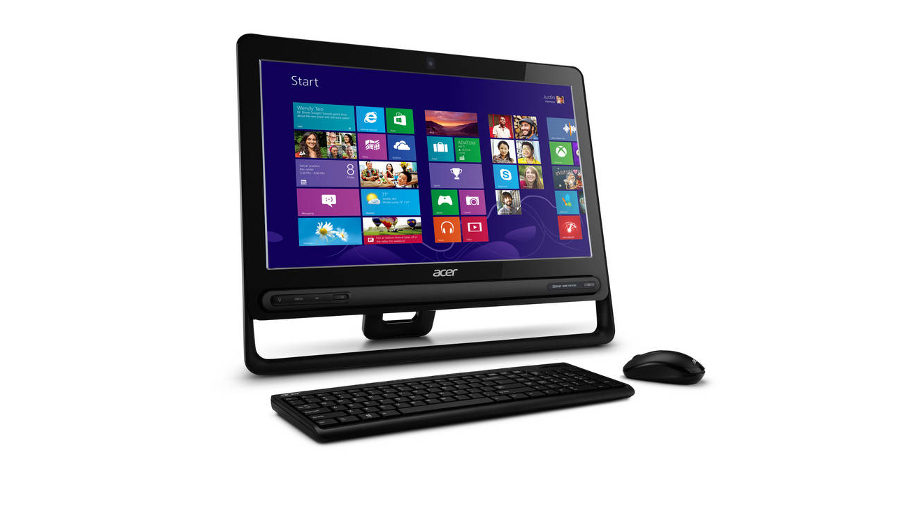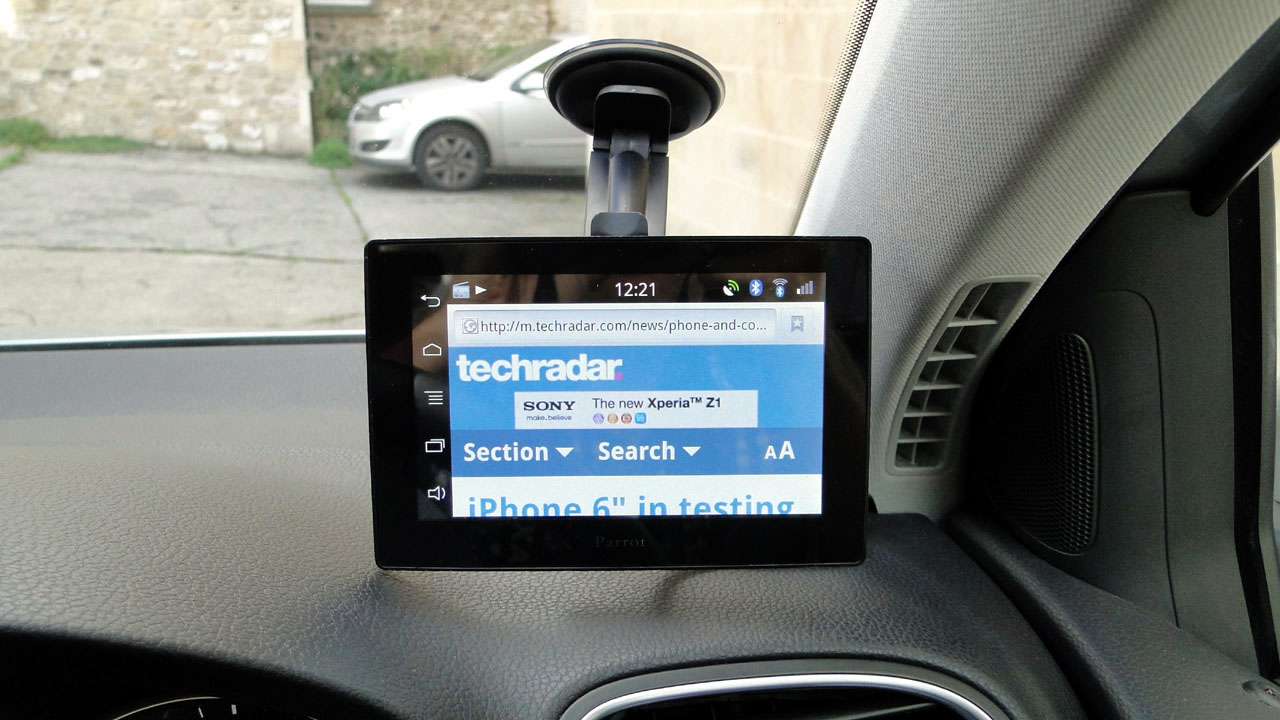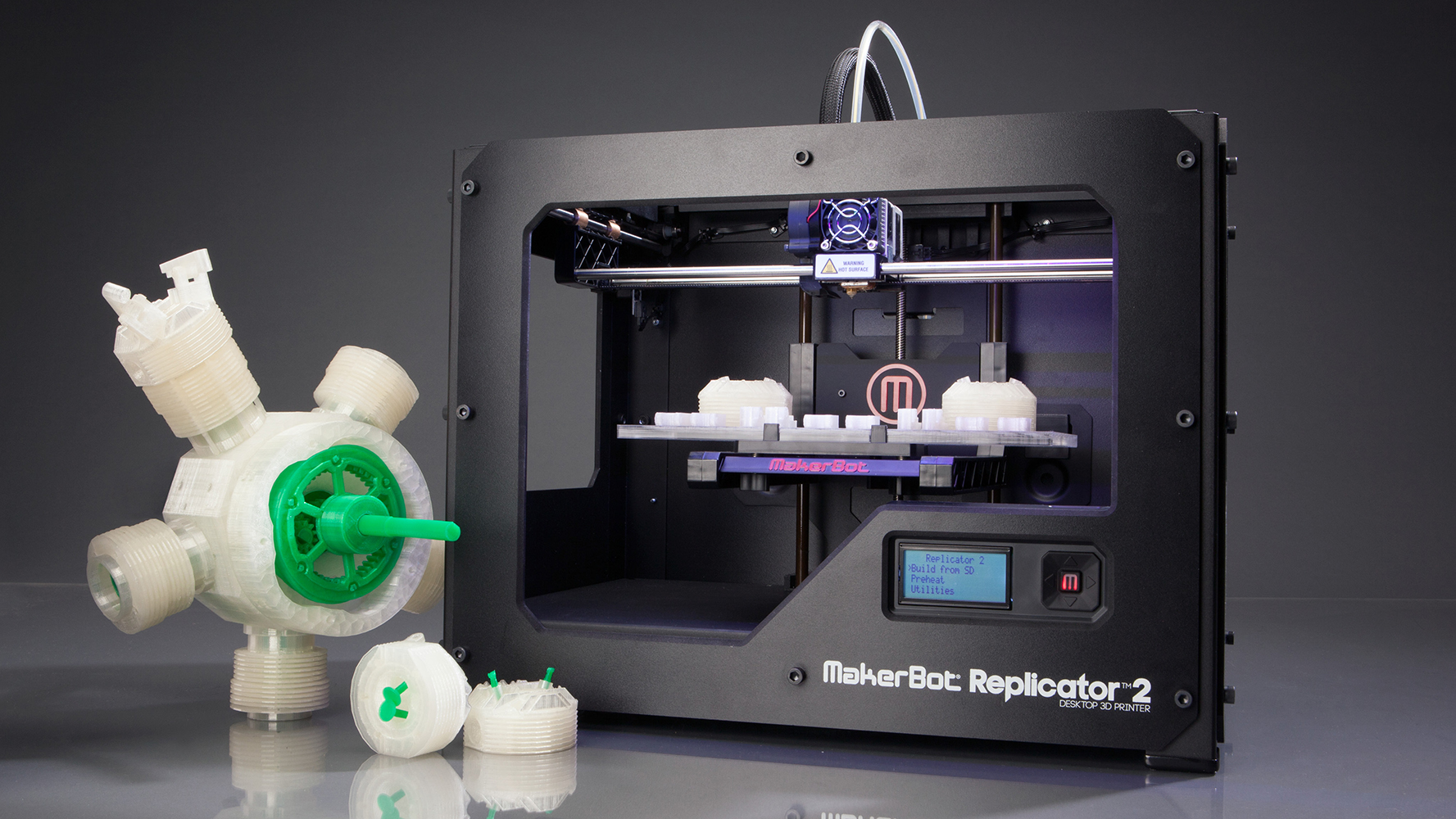How tablets, 3D printing and touchscreens are gearing up for business
Which companies are riding Gartner's Hype Cycle this year?

Technology #2 - Multi-touch screens
It's safe to say that Windows 8 has yet to set the business world alight, and part of that is down to uncertainty around the benefits of using touchscreens - whether that's on a desk monitor or a tablet device.
However, Gartner has counted multi-touch screens (screens with anything from two-point to 10-point touch functionality) as one of the three big consumer technologies to capture the attention of business users in the near future.
And how long will this take? "Less than two years," says Escherich. "It's creeping up on us and will be standard before you know it. It's come in via the smart phone and then moved onto the tablet and is now going onto laptops and desktops."

Escherich says that all-in-one (AIO) PCs with multitouch monitors are a "particularly interesting segment" that's picked up traction over the last few years.
"They're flying off the shelves at the moment as they have touch capability," she says. "People like them for photo editing, changing screens and its intuitive nature."
The problem AIOs pose to both consumers and businesses is that of price, according to Escherich, who says that touch-enabled devices tend to retail with a premium price tag of "around $100."
"That will only come down as the volumes increase, so it's a bit of a catch-22 situation," she says. "It's not going to happen with a big bang but you'll see quite clearly in 2014 that touch will begin to become standard in the consumer space."
Are you a pro? Subscribe to our newsletter
Sign up to the TechRadar Pro newsletter to get all the top news, opinion, features and guidance your business needs to succeed!
Escherich says that the Internet of Things, a concept based connecting everyday devices to the internet to control them and find new ways of taking advantage of data, is another driver behind multi-touch monitors both for consumers and enterprises.
Escherich points to multi-touch customer interaction terminals in airports and train stations. Tesco went one step further last year by putting up a huge virtual shop that allowed customers to buy products by touching items on the screen and scanning barcodes with their mobile device.
"We are already see touch screens everywhere. Go into an airport or big retail stall and you'll see big customer interaction terminals that have multi-touch," says Escherich. "You can use them to get your shopping delivered, book yourself into a hotel in the lobby and on aeroplanes."

Technology # - 3D printing
The promise of making anything from parts to complete products in your slippers and dressing gown is a tantalising prospect (for consumers, that is, unless your business has an unconventional uniform policy).
According to Gartner, it's poised to have a transformational business impact within five to 10 years. 3D printing technology itself isn't new, but the company reckons it's has advanced to the point where one-off and customised pieces can be created on devices costing under $1,000 (around £627, or AU$1,056).
"3D printing isn't really there yet," says Escherich. "It's still primarily a business machine, and there's a lot of consolidation of technology providers going on."
One of the benefits of 3D printing is the ability to produce prototypes, Escherich explains, adding that it could also allow smaller businesses to produce smaller parts for larger devices in-store while customers wait or return after a few hours.
"The problem holding 3D printing back is still price," she says. "There will be a difference between the ones that consumers pick up at Staples and the ones manufacturers will buy, but it will definitely change the way we manufacture things."

- Interested in what 2012's top business trends were? Check them out here.
